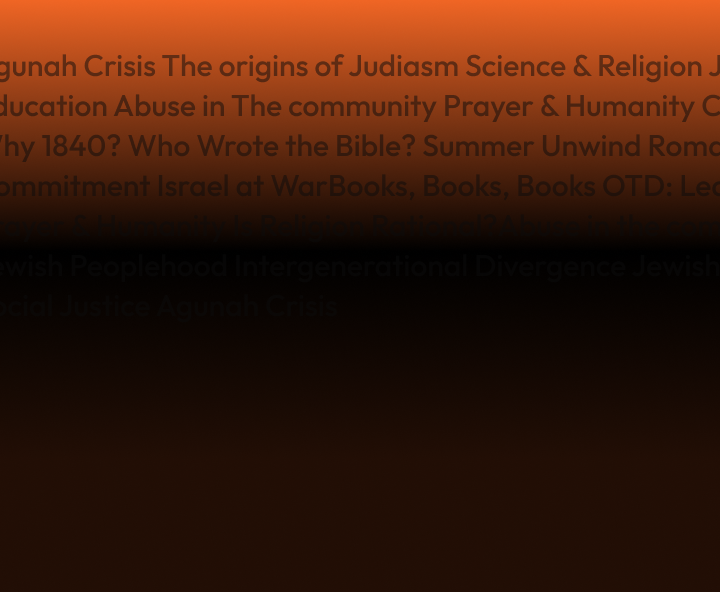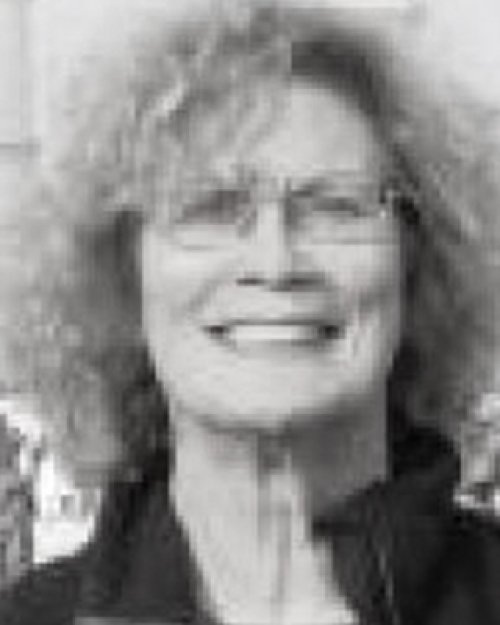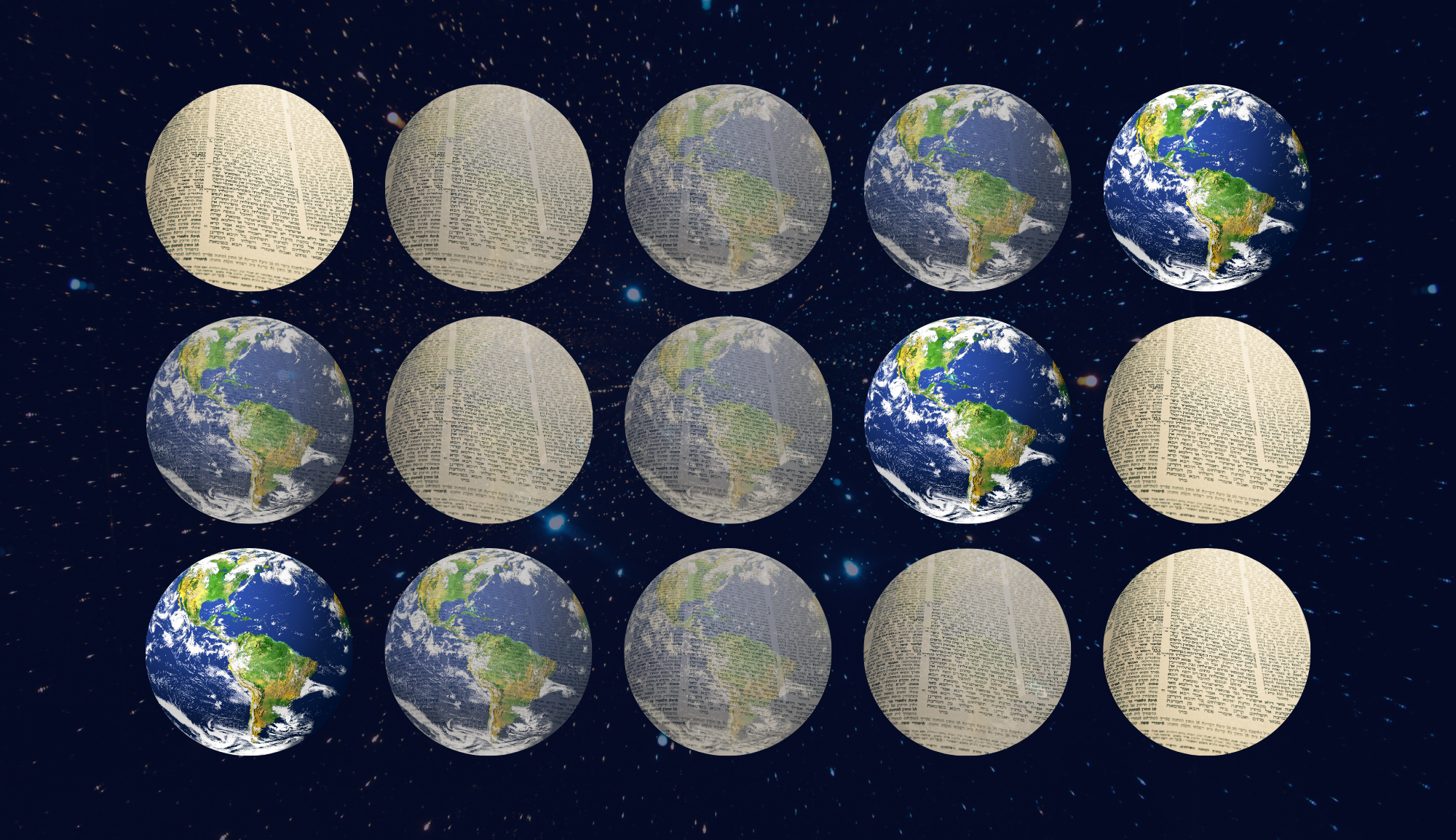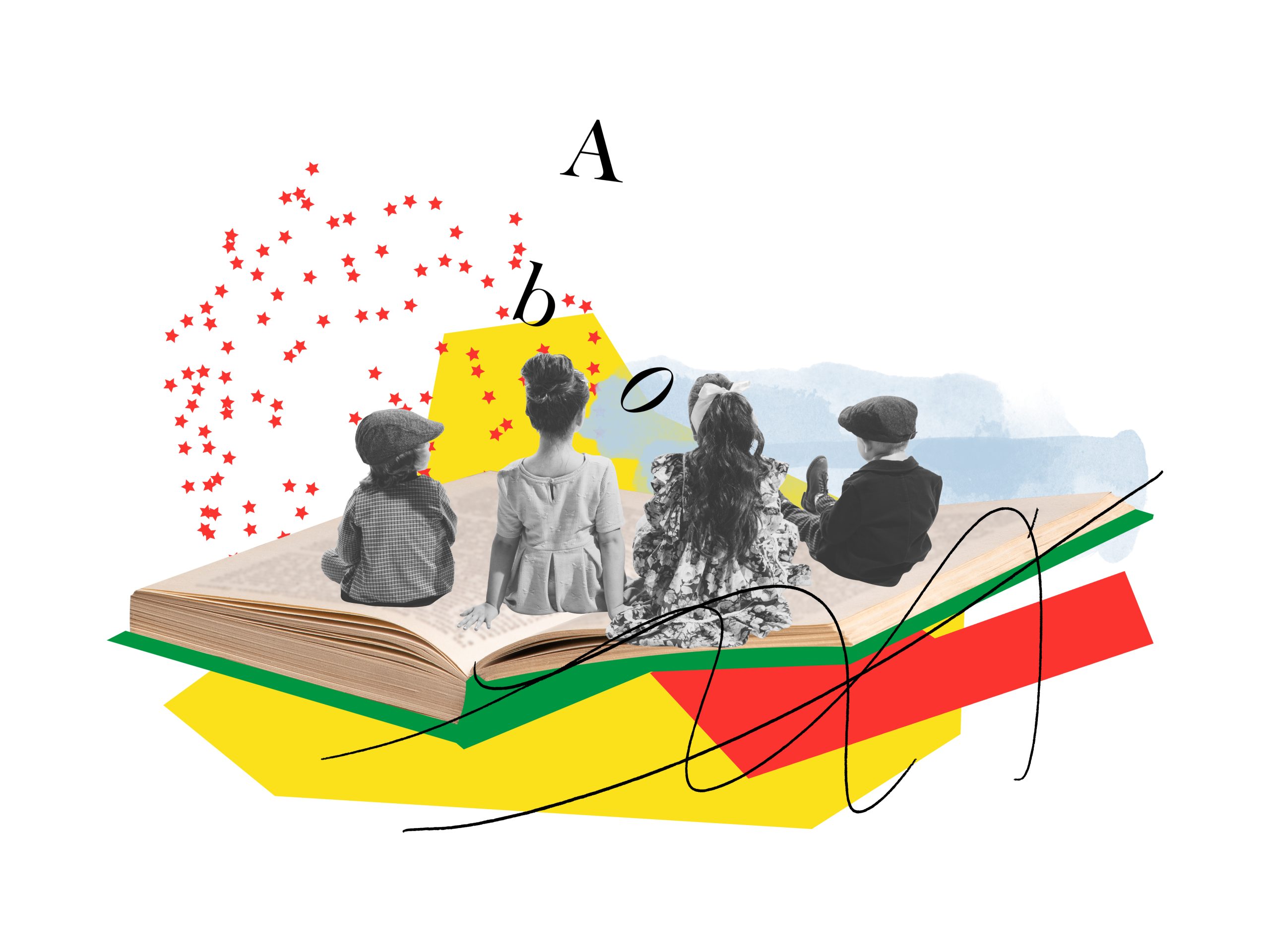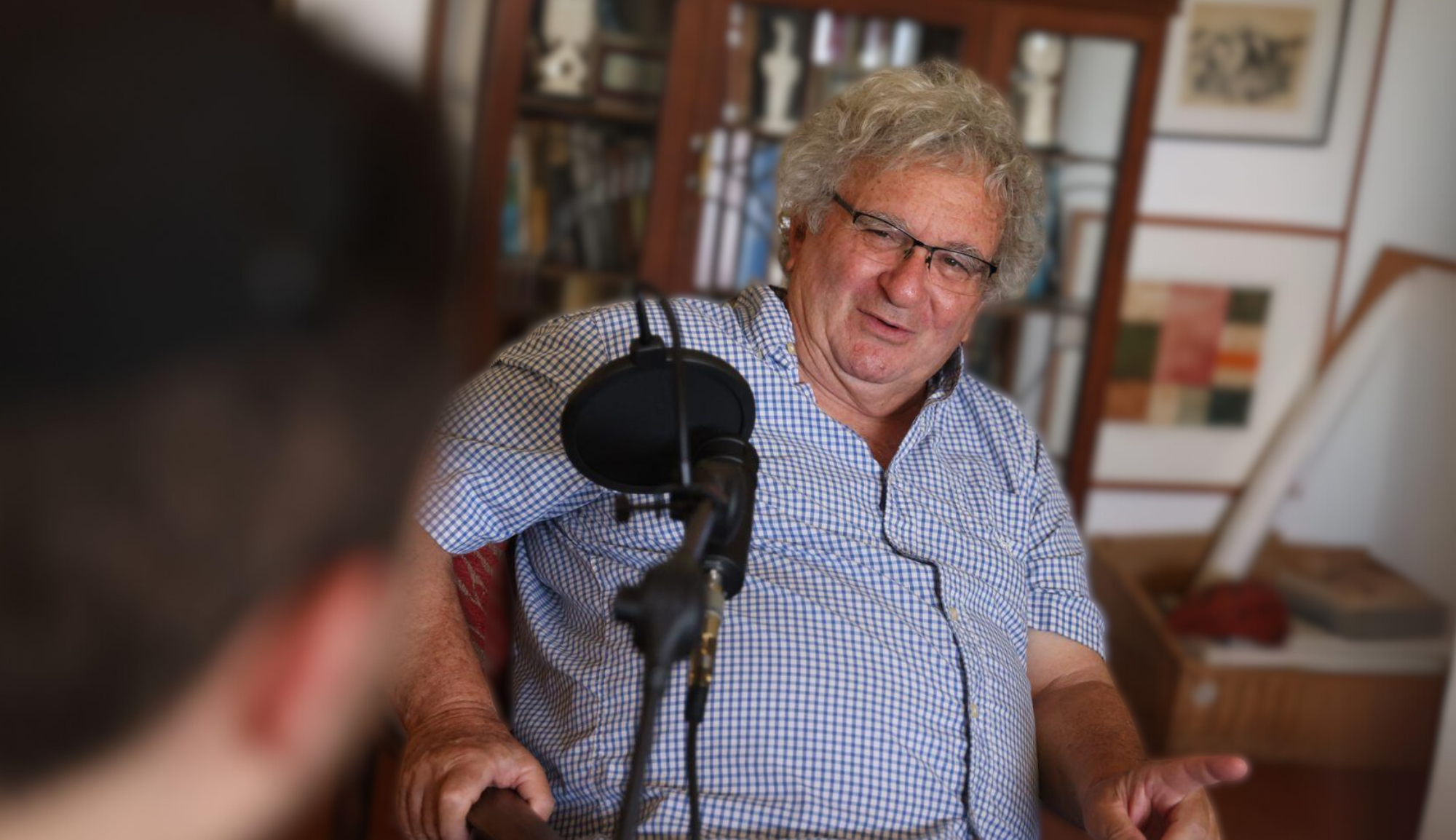Find the full July 4 reader with all materials attached here.
What does it mean to be a stranger in a strange land?
This is part of the story of American Judaism in the 21st century. Many American Jews were raised with a historical memory, a narrative, around the founding of the Jewish community in the United States. For some, this historical memory goes back to the first Jewish immigrants, the Spanish-Portuguese traders in New Amsterdam. For others, this tale starts later, in the subsequent waves of immigration. For some this story is a story of moving from the closed world of the ghetto to the open cities of America, from tradition to modernity, from particularity to universality. For others, the story moves in the other direction, as their families continue to navigate their own relationship with tradition.
The move to America—and movement within America—can be a movement from poverty to material success on these shores. For others, the movement is in the opposite direction, as families tell of the homes and businesses that they abandoned across the world before coming to America. The waves of Jewish immigrants were also waves of Jewish stories, as each culture and family brought their own narrative, and continues to cultivate their own narrative of what America means, or doesn’t mean, to them.
This eager self-reflection, this crafting of our stories, is itself part of the immigrant’s story, as we work to find a meaningful narrative with which to make sense of our movements. Neil Gabler, in his book An Empire of Their Own: How the Jews Invented Hollywood, sees the early Jewish participation in the film industry as an expression in part of this same urge. Jews, settling into a new land with a new set of cultural expectations, sought a deep invisibility, an assimilation into the dominant American narratives and culture, but also worked to forge their own narratives, to tell their own stories.
We have found, as a people, a profound level of safety, success, and joy on these shores…
As American Jews gained increasing financial success, cultural assimilation, and social status, their stories also shifted, often to a redemption story, a tale about the hope and possibility offered in America to the oft-persecuted people of the Book.
However, a shifting in the tectonic plates of American self-identity occurring as we speak may also influence the Jewish self-understanding, in all of its shapes and forms, as we understand it today. An increasing amount of attention in contemporary American society focuses on the marginalized narratives, on those left aside by the redemption story of America, on those sacrificed for the financial success of American society. A deepening attention on the history of Native American and non-white peoples in the United States, and the uphill battle that they have had to face in achieving success in this society has led to a cultural reconsideration for many in America, as they have rethought the trajectory of the American history they once knew. Another view pushes back, urging that we remember the hope and optimism that are mainstays of American immigration, inviting us instead to appreciate the complex hope of this country, even as our society moves ever slowly towards appreciating all sides of our own history.
How might these shifts influence the self-understanding of the American Jewish people, the narratives that we have developed to make sense of our story on this land?
Samuel Freedman, the journalist and author, in closing his book Jew vs. Jew, speaks to one complex narrative that narrates American Jewish life this way:
“As a jazz fan I might offer an analogy. From the 1900s through the 1970s, jazz was revolutionized by waves of innovation. Swing replaced the New Orleans style, bebop replaced swing, modal jazz replaced bebop, free jazz replaced modal. In the process, every rule of melody, harmony, and rhythm was shattered. And then, looking up from the wreckage, musicians realized there was nothing else left to rebel against. They could turn only in one direction: to the past, to the tradition.”
While talking about tradition and change, and the movement back to the past, Freedman’s analogy is helpful in other ways: how can we think in a more creative, a more musical fashion, about the tides of change in our societies? Perhaps we need not think of the shifting winds of self-understanding as threatening, but instead as all parts of this same jazz standard, the slight bumps and turns that make great music great. This too is part of the story of the complex hope that is America, and that is the American Jewish story. We have found, as a people, a profound level of safety, success, and joy on these shores, a level of success that has allowed us to think along with this society about the heritage, the past of the country that we have moved into.
In honor of the complex hope of America, we offer some of our favorite articles on the Jewish immigration story in America, in the hopes of a more hopeful tomorrow. These articles help us appreciate the stories that we tell about this land, and about our own place in this land. Each article invites us to think more deeply about our society, our place in this complicated, hopeful country. We start with Jonathan Sarna’s “The Myth of No Return: Jewish Return Migration to Eastern Europe, 1881-1914,” a deeply interesting read about a story that we don’t often tell: the Jews who chose to leave America. Then we move on to Zev Eleff’s “The Immigration Clause that Transformed Orthodox Judaism in the United States,” a fascinating read about an underappreciated part of the transformation of the Jewish community. Join us in appreciating this beautiful, complex story that is America, as we look forward to taking part in building a better tomorrow, together.
